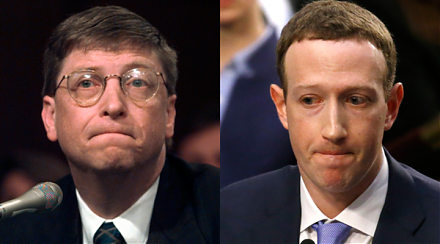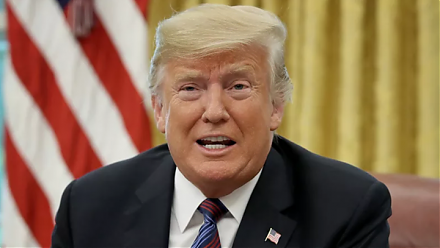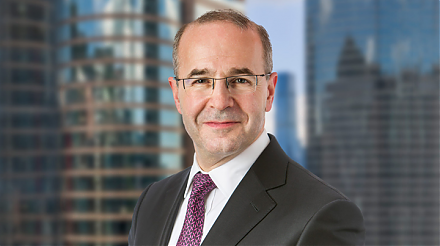

2019-02-28 12:39:00 Thu ET
federal reserve monetary policy treasury dollar employment inflation interest rate exchange rate macrofinance recession systemic risk economic growth central bank fomc greenback forward guidance euro capital global financial cycle credit cycle yield curve
New York Fed CEO John Williams sees no need to raise the interest rate unless economic growth or inflation rises to a high gear. After raising the interest rate 7 times since 2017 to 2.25%-2.5%, the Federal Reserve now keeps the economically neutral federal funds rate. This neutral interest rate helps restore healthy economic growth on the steady-state trajectory with low inflation when the economy operates near full employment. As of January 2019, the U.S. CPI inflation rate declines from 1.9% to 1.6% below the 2% target level as the U.S. unemployment rate continues to hover around the 3.7% historically low level.
As New York Fed CEO and Fed Vice Chair, Williams considers the current neutral interest rate to be in a good place. This monetary policy stance accords with the congressional dual mandate of price stability and maximum employment. After the most recent FOMC rate-hike holiday, Federal Reserve governors and presidents indicate their clear intention that it may be about time to end their 3-year drive to tighten monetary policy due to a cloudy U.S. economic outlook. This cloudy outlook arises from key complications such as the Sino-U.S. trade and government budget negotiations.
If any of our AYA Analytica financial health memos (FHM), blog posts, ebooks, newsletters, and notifications etc, or any other form of online content curation, involves potential copyright concerns, please feel free to contact us at service@ayafintech.network so that we can remove relevant content in response to any such request within a reasonable time frame.
2017-08-07 09:39:00 Monday ET

Global financial markets suffer as President Trump promises *fire and fury* in response to the recent report that North Korea has successfully miniaturized
2018-09-13 19:38:00 Thursday ET

Bill Gates shares with Mark Zuckerberg his prior personal experiences of testifying on behalf of Microsoft before U.S. Congress. Both drop out of Harvard to
2018-05-17 07:41:00 Thursday ET

Has America become a democratic free land of crumbling infrastructure, galloping income inequality, bitter political polarization, and dysfunctional governa
2019-08-10 21:44:00 Saturday ET

McKinsey Global Institute analyzes 315 U.S. cities and 3,000 counties in terms of how tech automation affects their workers in the next 5 to 10 years. This
2018-05-13 08:33:00 Sunday ET

Incoming New York Fed President John Williams suggests that it is about time to end forward guidance in order to stop holding the financial market's han
2023-08-31 10:22:00 Thursday ET

Government intervention remains a major influence over global trade, finance, and technology. Nowadays, many governments tend to eschew common ownership